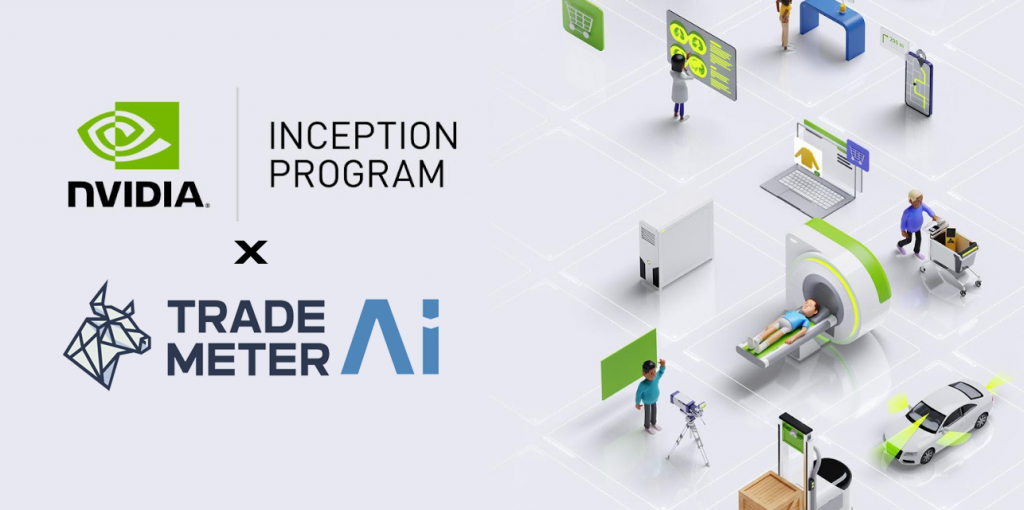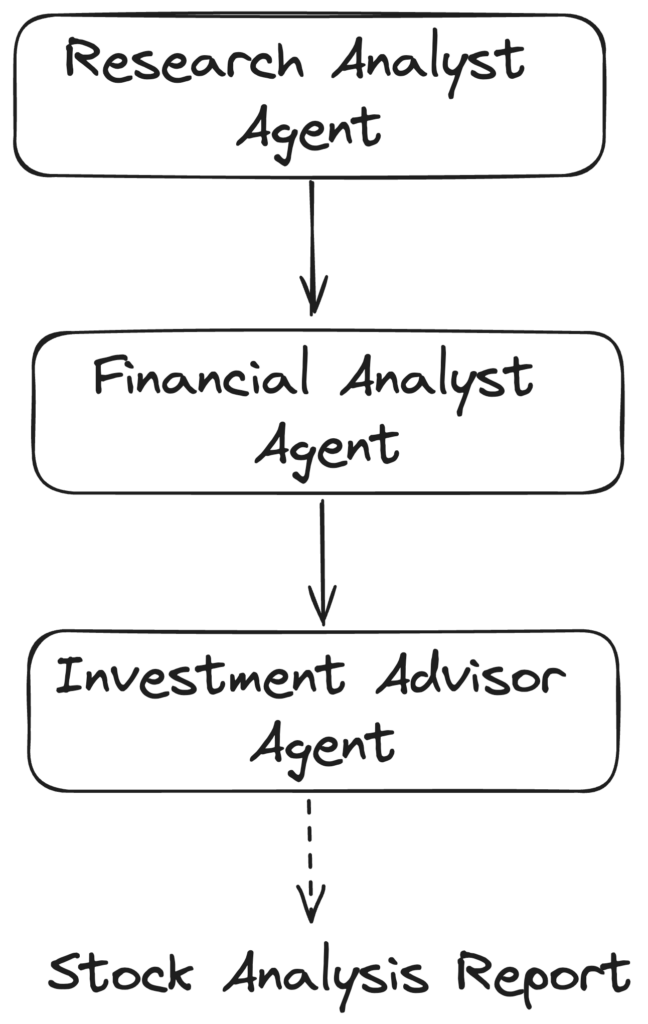20 Free Ideas For Picking Ai Stock Websites
20 Free Ideas For Picking Ai Stock Websites
Blog Article
Top 10 Tips For Assessing The Ai And Machine Learning Models In Ai Stock Predicting/Analysing Trading Platforms
To guarantee precise, reliable, and practical insights, it's vital to evaluate the AI and machine-learning (ML), models used by prediction and trading platforms. Models that are not designed properly or hyped up could result in inaccurate forecasts and financial losses. We have compiled our top 10 tips on how to assess AI/ML platforms.
1. Learn about the purpose of the model and its approach
The objective clarified: Identify the model's purpose and determine if it's intended used for trading at short notice, investing in the long term, sentimental analysis or managing risk.
Algorithm disclosure: Find out whether the platform is transparent about the algorithms it uses (e.g. neural networks or reinforcement learning).
Customizability: Find out if the model is able to adapt to your particular strategy of trading or risk tolerance.
2. Perform model performance measures
Accuracy: Verify the accuracy of the model when it comes to forecasting the future. However, don't solely depend on this measurement since it can be misleading when used with financial markets.
Precision and recall - Evaluate the ability of the model to detect real positives and reduce false positives.
Risk-adjusted Returns: Determine whether a model's predictions result in profitable trades taking risk into consideration (e.g. Sharpe or Sortino ratio).
3. Make sure you test the model using Backtesting
Performance history: The model is tested using historical data in order to evaluate its performance under the previous market conditions.
Test the model on information that it hasn't been taught on. This will help stop overfitting.
Scenario-based analysis: This involves testing the model's accuracy under various market conditions.
4. Make sure you check for overfitting
Signs of overfitting: Search for models that are overfitted. They are the models that perform extremely good on training data but less well on unobserved data.
Methods for regularization: Make sure whether the platform is not overfit using regularization techniques such as L1/L2 and dropout.
Cross-validation: Make sure that the platform uses cross-validation to determine the generalizability of the model.
5. Review Feature Engineering
Relevant features: Find out if the model uses relevant features (e.g., price, volume, sentiment data, technical indicators, macroeconomic factors).
Selection of features: You must make sure that the platform is selecting features that have statistical value and avoid redundant or unneeded data.
Updates of dynamic features: Verify that your model is updated to reflect new characteristics and current market conditions.
6. Evaluate Model Explainability
Interpretability: The model must give clear explanations of its predictions.
Black-box models: Be wary of platforms that use excessively complicated models (e.g., deep neural networks) with no explainability tools.
User-friendly insights : Find out if the platform offers actionable data in a form that traders can easily understand.
7. Review the Model Adaptability
Market changes: Check if your model can adapt to market changes (e.g. new rules, economic shifts, or black-swan events).
Continuous learning: Determine whether the platform is continuously updating the model to incorporate the latest data. This can improve performance.
Feedback loops. Make sure that your model takes into account feedback from users as well as real-world scenarios to improve.
8. Check for Bias or Fairness
Data bias: Ensure the training data is true to market conditions and free of biases (e.g., overrepresentation of particular segments or timeframes).
Model bias: Find out whether the platform is actively monitoring and corrects biases within the model's predictions.
Fairness: Make sure the model doesn't disadvantage or favor certain sectors, stocks, or trading techniques.
9. Calculate Computational Efficient
Speed: Determine whether you can predict using the model in real-time.
Scalability: Check whether the platform can manage large datasets and multiple users without performance degradation.
Resource usage : Check whether the model has been optimized to use computational resources effectively (e.g. GPU/TPU).
10. Transparency and Accountability
Model documentation: Make sure the platform is able to provide detailed documentation on the model's structure as well as its training process, as well as the limitations.
Third-party audits: Check whether the model has been independently audited or validated by third parties.
Check that the platform is equipped with mechanisms to detect models that are not functioning correctly or fail to function.
Bonus Tips
Case studies and user reviews: Study user feedback to get a better idea of the performance of the model in real-world situations.
Trial period: You may use a demo, trial or a trial for free to test the model's predictions and the usability.
Support for customers: Make sure the platform offers robust support to address the model or technical issues.
These guidelines will help you assess the AI and machine learning algorithms used by platforms for stock prediction to make sure they are reliable, transparent and in line with your objectives in trading. Read the most popular ai stock trading bot free for more recommendations including ai investment platform, getstocks ai, stocks ai, using ai to trade stocks, incite ai, ai stock trading bot free, ai investing, best stock analysis app, ai trader, chart analysis ai and more.
Top 10 Tips On How To Assess The Updating And Maintenance Of Ai Stock Predicting/Analysing Trading Platforms
The updates and maintenance of AI trading and stock prediction platforms are critical for ensuring they are safe, effective and in line with the ever-changing market conditions. Here are 10 strategies for evaluating their updates and maintenance methods.
1. Updates Frequency
You can check the frequency with which updates are posted (e.g. every week, each month, or every quarter).
Why: Regular update indicates active development and responsiveness of market trends.
2. Transparency and Release Notes
Read the notes from the Release Notes for the platform to discover what improvements and modifications have been made.
Release notes that are transparent demonstrate the platform's dedication to continual improvement.
3. AI Model Retraining Schedule
Tip: Ask how often AI is retrained with new data.
What is the reason? Markets fluctuate and models must be updated to ensure the accuracy.
4. Bug Corrections and Issue Resolution
Tip: Determine how quickly the platform responds to issues or bugs that users report.
What's the reason? The platform will remain reliable and functional if bug fixes are carried out promptly.
5. Updates on security
TIP: Find out if the platform is updating its security protocols frequently to safeguard the personal information of its customers and trades.
Why is cyber security important? on financial platforms to protect against fraud.
6. Integration of New Features
Check the platform to see whether it has introduced new features that are based on user or market feedback (e.g. improved analytics).
What's the reason? Feature updates demonstrate creativity and responsiveness to user needs.
7. Backward Compatibility
Tips: Ensure that the upgrades you install don't require a major reconfiguration or interfere with the current functionality.
Why: Backward compatibility ensures a smooth user experience during transitions.
8. Communication between Maintenance and User Personnel
Tip: Evaluate how the platform communicates scheduled maintenance or downtime to the users.
What is the reason: Clear communication will minimize disruptions and build confidence.
9. Performance Monitoring and Optimization
Tip - Check that the platform is constantly monitoring metrics of performance (e.g. latency, accuracy) and optimizes systems.
The reason: Continuous optimization of the platform ensures it remains functional and scalable.
10. Compliance with Regulatory Changes
Check whether the platform's features and policies are up-to-date to be in line with the new financial regulations or the laws on data privacy.
What's the reason? The compliance with regulations is crucial to maintain confidence in the user and minimize legal risks.
Bonus Tip: User Feedback Integration
Check that the platform is actively incorporating user feedback into updates and maintenance. This is a sign of a commitment to the user and a steadfast dedication to making enhancements.
You can look at these elements to ensure you're selecting a system for AI prediction of stocks and trading that is up-to current, well-maintained, and able to adapt to the ever-changing dynamics of the market. Take a look at the top best stock advisor for site advice including ai stocks to invest in, stock ai, trader ai intal, ai stock price prediction, free ai tool for stock market india, ai trading, stock analysis websites, trade ai, ai hedge fund outperforms market, copyright financial advisor and more.